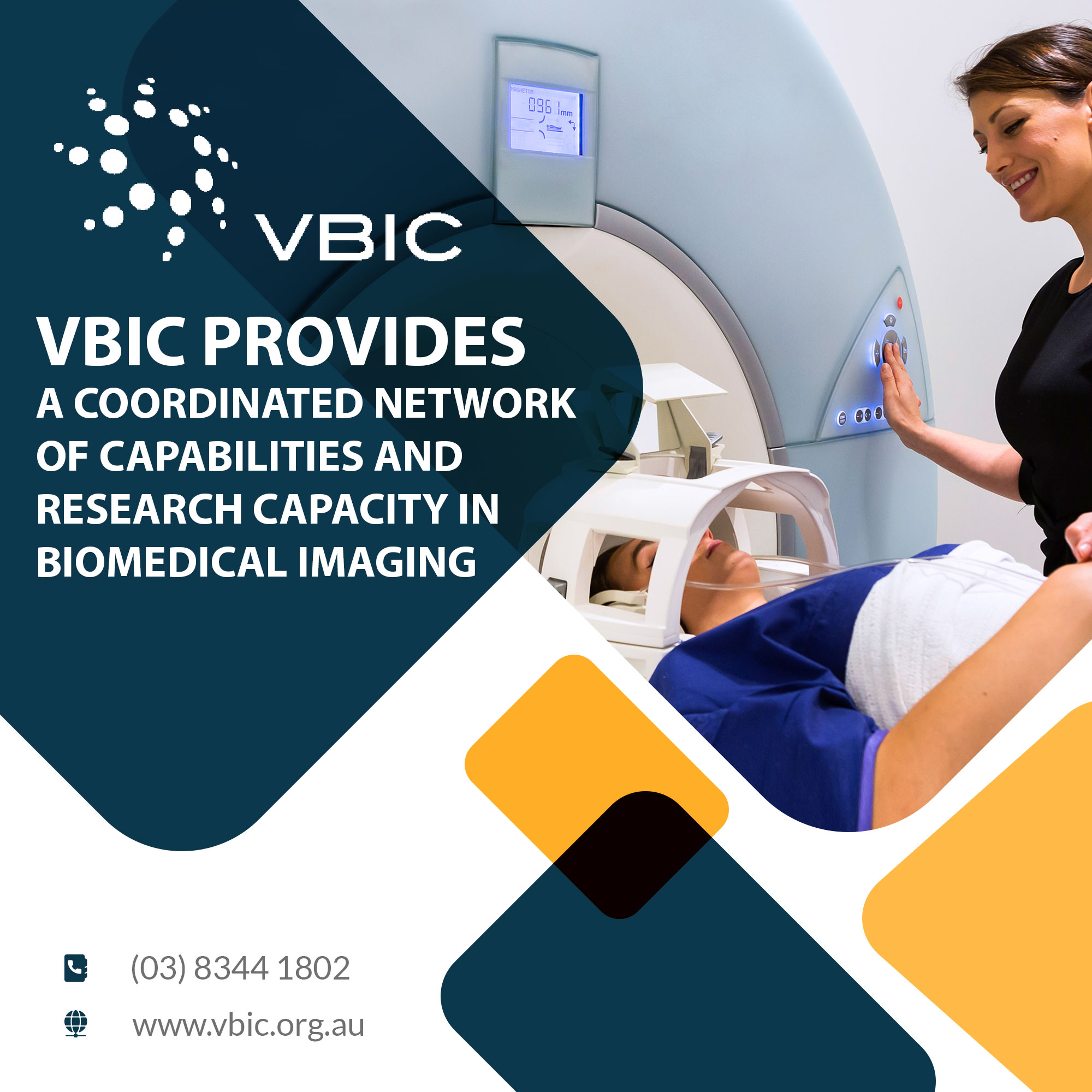Researchers Victor Puelles Rodriguez, Roger Evans, Bill Mulley, David Nikolic-Paterson, Peter Kerr, John Bertram, James Pearson, Nicholas Ferris, and Parnesh Raniga at Monash Biomedical Imaging are using new MRI technologies for studying transplanted kidneys.
Transplanted kidneys are vulnerable to adverse events including rejection and ureteric obstruction, particularly in the early months after surgery. In particular rejection can lead to loss of the transplant, and it is therefore important to detect it early. Until now, the only reliable means of detecting early rejection has been to perform needle biopsies of the transplanted kidney, an uncomfortable procedure, which in itself carries a small risk to the transplant.
Recent literature has suggested that MRI measurements of parameters such as the apparent diffusion coefficient, renal blood flow, or tissue relaxation time may allow non-invasive identification of early transplant failure, possibly with specific patterns for the different causes. Unfortunately conventional MRI of transplant kidneys is hampered by the non-uniform magnetic permeability of the abdomen and pelvis, which results in an inhomogeneous magnetic field in the subject’s body, and artefacts in MR images obtained. MBI is fortunately to be able to use new MRI technology which allows the use of more than one RF transmitter to shape the RF pulses used to elicit the MR signal, and greatly reduce these artefacts. Work is continuing to assess whether the more reliable results obtained with this technology lead to better prediction of transplant complications.




0 Comments